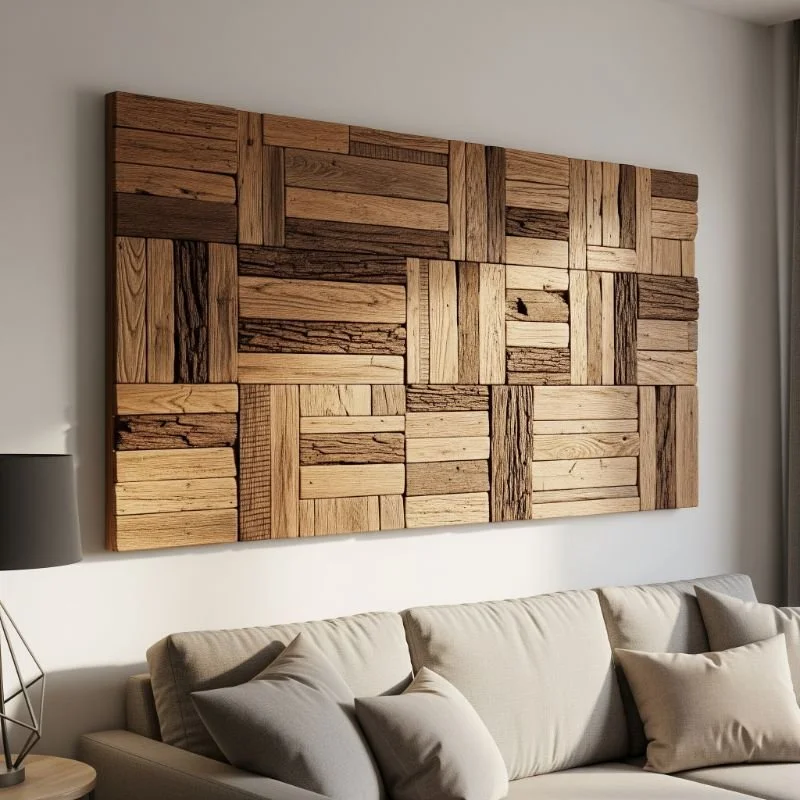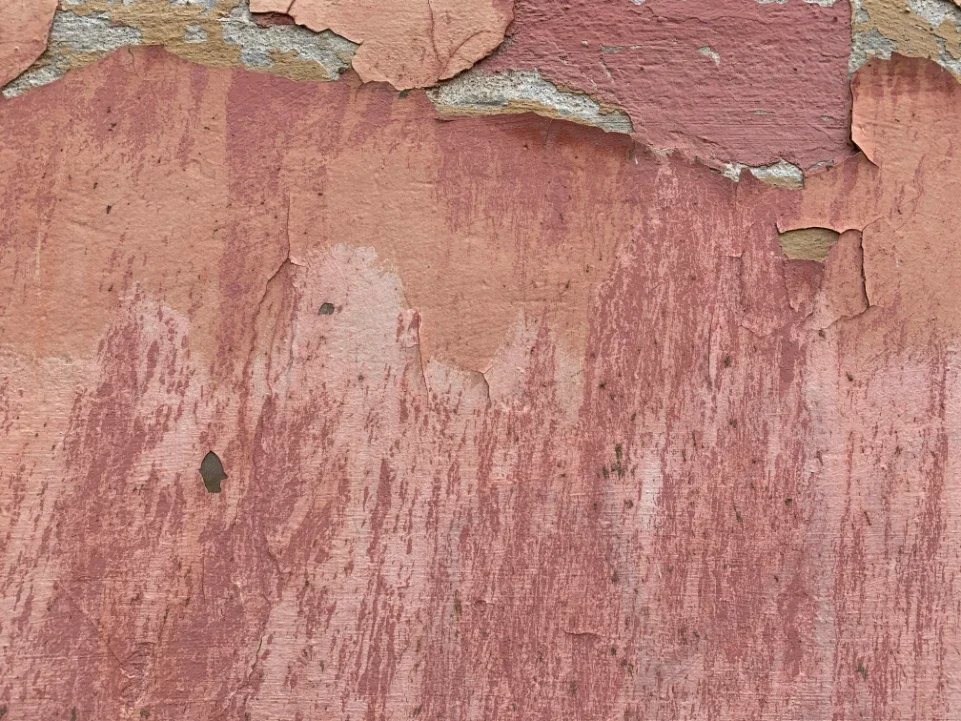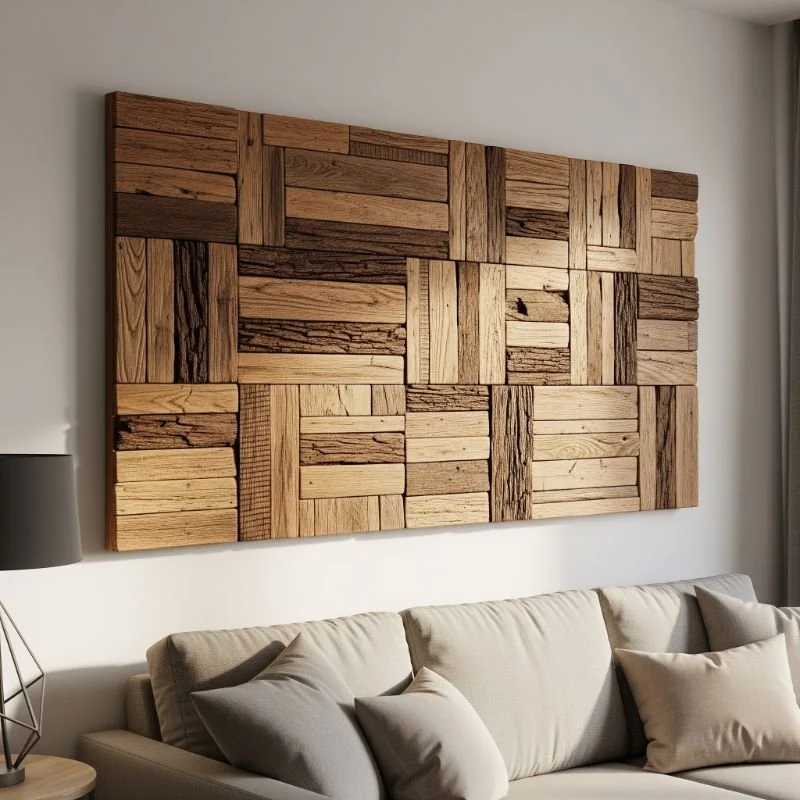Decorative Wall Panels: Improve the Quality of Your Interiors With Decorative Wall Panelling
Enhance your home’s style and acoustics with decorative wall panels—an easy way to upgrade interiors with texture, warmth, and visual interest.
Wall panels have gone full circle. If you were to draw a graph of wall panel popularity over the years, you’d get interesting results. It started with heavy usage when simple vertical boards were invented in the thirteenth century to ward off the cold. Then came the exclusivity of the Tudor-style luxurious wall panelling of the Elizabethan era.
At one point, people stopped paying attention to wall panels because they had become commonplace. But now, decorative wall panels are again popular, perhaps because they’ve never looked better, given all the various styles and customizations.
Nonetheless, if you go shopping for wall panelling, you’re in for a delightful surprise. The phrase “there’s something for everyone” rings true about wall panel variations. Today, homeowners and designers alike can explore an exceptional range of stylish, affordable wall panelling options — all available at Sheet Materials Wholesale for fast UK delivery and competitive trade prices.
Types of Decorative Panelling
Decorative wall panels come in different styles. Some popular designs include:
1. Acoustic Wall Panels
Made in an aesthetic design and finish, acoustic wall panels serve two purposes:
They add to the interior beauty
They reduce the amount of sound reverberating across the room
Most acoustic wall panels have a natural wood look and can be stained as desired.
2. Slat wall panels
Slat wall panelling stands out for its thin slats. This design creates a slatted look, adding a modern, stylish look to any interior. The slats can be vertical or horizontal.
3. Wainscoting
Wainscoting usually covers the lower third of the wall. However, you can customise the panelling so it goes higher than that. Modern wainscot is made from solid wood, MDF, plywood, PVC, vinyl, drywall and even metal.
4. Board & Batten
Board-and-batten panelling consists of alternating narrow and wide strips. The wider strips are the boards, and the narrow ones are the battens. To create the pattern, manufacturers place the battens over the seams of the boards. They often customise the board-and-batten look in various ways, including by varying the size of the boards and battens or joining the panels vertically or horizontally. They may also use different materials to mould the panels, such as wood, MDF, vinyl, fibre cement and metal.
5. Bead & Butt
A wall panel pattern with grooves running along the length of the panel, the bead-and-butt design lends a modern look to interiors. Like most panels, it can be used on entire walls or as an accent.
Decorative Wall Panel Installation Tips
Decorative wall panel installation is one of those jobs that any enthusiastic person can do. It doesn’t need a professional eye and touch. Manufacturers may give specific installation instructions for different wall panels. Always follow what they advise to get the best installation results.
With that said, here’s the standard procedure for mounting wall panelling without breaking a sweat. You’ll need:
A handsaw
Multipurpose cutter or utility knife
Drill
Measuring tape
Screws
Here’s how to mount your panels. Rinse and repeat with each panel until you’ve covered the entire surface.
Measure the height of your wall.
Measure the width of your wall.
Wipe the panel to remove any dust.
Mark the panel so it corresponds with the wall measurements.
Use a ruler to draw a straight line along the panel.
There are two ways to cut the panel.
Position the panel so the decorative side faces up. Then, use a utility or Stanley knife to score along the line you’ve drawn. Repeat this a few times until the cut is deep enough to make an impact. Apply pressure on the ends of the panel and snap it off.
Lay the panel flay with the design side facing down. Cut the panel using a fine-tooth hand saw. Ensure that the blade is sharp to prevent damaging the panel.
Smooth the edges with sandpaper.
Test fit the panel on the wall to check whether you got the dimensions right. A laser level can help you square up the panels.
Put the panel back down and use the drill to pre-insert screws as needed. The board manufacturer may suggest the optimal spacing. But if this detail isn’t provided on the board packaging, use your judgement and space the screws so they provide maximum support.
Install the panel and secure the screws.
Remember to account for the skirting board when measuring the height of the wall. It’ll help you avoid cutting twice and minimise wastage.
If you have wall sockets or switches, measure them out, mark the measurements on the panel and cut an opening for the socket. Because you’re cutting much smaller pieces of the panel, use a sharp utility knife.
FAQs
1. Can you mount decorative panels on any wall?
Yes, decorative wall panels can be mounted on any type of wall, whether plasterboard, brick or concrete.
2. What can I use to fix panels on my walls?
You can fix panels on the wall using screws, nails or panel adhesive. While adhesive gives a neat finish, following it with finishing nails to reinforce the support, especially if the panels are made from a heavy material like wood.
3. Can I mount new wall panels onto my old ones?
There’s nothing technically wrong with mounting new panels on top of old ones. But you may want to be mindful of some things: 1) ensure that the old panelling is smooth and even so the new panelling does not appear wonky, and 2) you’re comfortable with the new wall trim thickness, especially if mounting the panels on an accent wall only.















